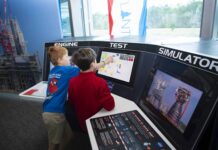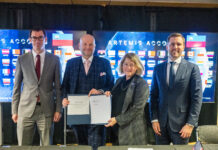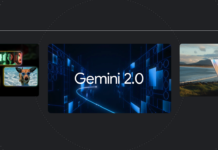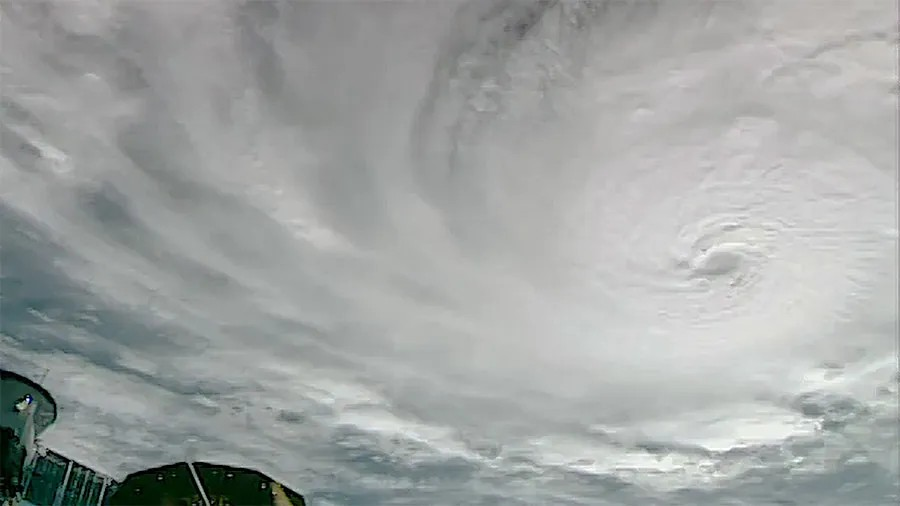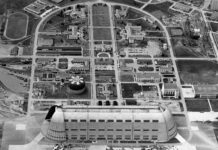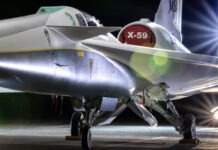Auburn University recently hosted a groundbreaking event focusing on the aerospace industry, specifically targeting careers in rocketry and space exploration. This event, known as Aerospace Industry Day, took place from September 30 to October 2 and drew nearly 500 students and faculty members from the university. It was a significant occasion designed to provide attendees with insights and opportunities in the aerospace sector, featuring esteemed speakers from NASA and various aerospace companies.
The primary aim of the event was to create a platform where students could interact with experts from NASA and the aerospace industry, helping them understand the career paths available in this field. The event was organized with the hope of turning it into an annual exposition, and it was made particularly special with the participation of team members from NASA’s Marshall Space Flight Center. The involvement of NASA professionals was crucial in ensuring the event’s success, providing a wealth of knowledge and experience to the attendees.
Austin Miranda, an undergraduate aerospace engineering student and the president of Auburn’s chapter of the American Institute of Aeronautics and Astronautics, emphasized the importance of the event. He expressed gratitude for NASA’s participation, highlighting how it enriched the experience for all attendees. The event featured lectures from experts involved in NASA’s Space Launch System, Human Landing System programs, and the Space Nuclear Propulsion Office. These sessions offered valuable insights into the current and future technologies in space exploration.
The event also included focus sessions on propulsion engineering, providing students with the chance to engage directly with industry leaders. These sessions were complemented by a career fair, featuring representatives from the U.S. Space & Rocket Center and over a dozen leading aerospace companies. This setup provided an invaluable networking opportunity for students aspiring to work in the aerospace industry.
Josh Whitehead, an Auburn alumnus and associate manager of the SLS Stages Element at NASA’s Marshall Space Flight Center, praised the event. He noted the impressive engagement from both faculty and students, particularly the perceptive questions posed by the students regarding NASA’s missions and the innovative technologies they are developing for space exploration.
Mike Houts, nuclear research manager for NASA’s Space Nuclear Propulsion Office, also noted the students’ enthusiasm and depth of understanding. He appreciated the students who continued discussions even after official events had ended and expressed optimism about future collaborations.
The event featured participation from major aerospace industry firms such as the U.S. Missile Defense Agency, Gulfstream Aerospace Corp., Jacobs Technology, Lockheed Martin, and more. Heather Haney, SLS Program test and verification subsystem manager, commended the students’ knowledge and enthusiasm, noting the long lines of students eager to learn about career opportunities.
Auburn University has been actively involved in several key projects with NASA, including support for the Rapid Analysis and Manufacturing Propulsion Technology (RAMPT) project and the development of new laser-ablation technology for 3D printers in microgravity. Auburn students are also regular participants in NASA’s STEM events, further solidifying the university’s strong ties with NASA.
This inaugural Aerospace Industry Day was organized by Auburn’s Office of Career Development and the Samuel Ginn College of Engineering. It marked a significant step towards strengthening Auburn’s connection with the aerospace industry and enhancing the career prospects for its students.
In other news, NASA and SpaceX have postponed the launch of the Europa Clipper mission due to Hurricane Milton, which is anticipated to impact the Space Coast. The spacecraft has been secured in SpaceX’s hangar at Launch Complex 39A at Kennedy Space Center, with preparations for the hurricane well underway.
Tim Dunn, senior launch director at NASA’s Launch Services Program, emphasized the importance of safety for the launch team and the spacecraft. Although the launch window opens on October 10, it extends until November 6, allowing for flexibility in rescheduling the launch once conditions are safe.
The Europa Clipper mission, managed by Caltech’s Jet Propulsion Laboratory in collaboration with Johns Hopkins Applied Physics Laboratory, aims to explore Jupiter’s icy moon, Europa. The mission is a testament to NASA’s commitment to unraveling the mysteries of the solar system and advancing our understanding of potential habitable environments beyond Earth.
Meanwhile, aboard the International Space Station, astronauts took a brief respite before the departure of the SpaceX Crew-8 mission. The crew is closely monitoring weather conditions due to Hurricane Milton, with their departure scheduled for October 13. During their time on the ISS, the crew has been engaged in various research activities, including space biology and physics experiments, which have implications for medicine, food, and cosmetics industries.
The Huntsville Operations Support Center at NASA’s Marshall Space Flight Center plays a crucial role in supporting these missions, providing comprehensive engineering and mission operations support for the space station and other NASA missions.
In another development, Dave Reynolds has been appointed as the manager of the Space Launch System Booster Office at NASA’s Marshall Space Flight Center. With a career at NASA that began in 2004, Reynolds brings extensive experience in propulsion systems and program management to his new role. He has been instrumental in managing major contracts and overseeing the development and execution of crucial booster elements for the SLS rocket.
On the student front, NASA has selected numerous teams to participate in its annual engineering design challenges, encouraging students to pursue STEM careers. The Human Exploration Rover Challenge and the Student Launch Challenge are part of NASA’s Artemis Student Challenges, designed to inspire the next generation of scientists and engineers. These competitions provide students with hands-on experience in designing and building technology for space exploration, fostering innovation and collaboration among young talent.
The Deep Space Optical Communications project has demonstrated groundbreaking advancements in laser communication technology, achieving record-breaking data transmission rates from deep space. This technology promises to revolutionize space communications by enabling faster and more efficient data transfer, supporting future missions to Mars and beyond.
Additionally, an ancient comet, C/2023 A3 Tsuchinshan-ATLAS, will make a rare close pass by Earth in October, offering a unique opportunity for observation. This comet, originating from the distant Oort Cloud, is a reminder of the dynamic and ever-changing nature of our solar system.
Finally, researchers have discovered a new type of gamma-ray emission from thunderclouds, termed “flickering gamma-ray flashes.” This discovery, made using NASA’s airborne platforms, provides new insights into thundercloud radiation and could significantly enhance our understanding of lightning and its risks.
The NASA Short-term Prediction Research and Transition (SPoRT) Center’s sea surface temperature product continues to play a vital role in weather forecasting and marine safety. By integrating data from multiple satellites, this high-resolution product supports critical functions such as tropical storm monitoring and ice formation predictions, ensuring the safety and economic viability of coastal and marine communities.
Overall, these developments highlight the ongoing advancements in space exploration and technology, demonstrating NASA’s commitment to pushing the boundaries of scientific discovery and innovation.
For more Information, Refer to this article.



















